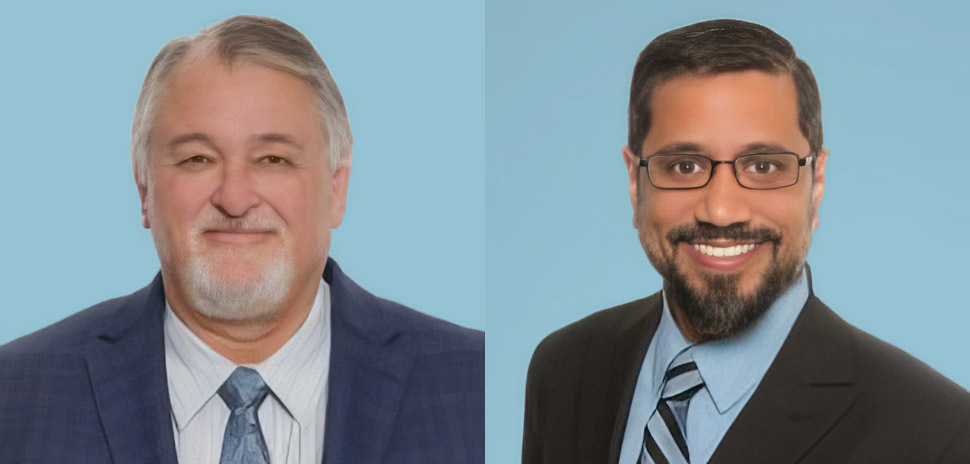Nancy Flores is passionate about making a difference for patients, caregivers, and professionals.
An accomplished veteran of the healthcare industry, Flores spent nearly two decades at Abbott Labs working her way up to CIO. She eventually moved to Johnson Controls, where she held the same position and made a name for herself leading information technology, cybersecurity, and analytics.
But Johnson Controls produces fire, HVAC, and security equipment for buildings—and Flores began once again yearning for the industry she had spent most of her career in.
She missed the ability to help save a life.
So Flores jumped at the opportunity to work at McKesson Corporation, taking a role as executive vice president, chief information officer, and chief technology officer.
Her attraction to the Irving-based provider of wholesale medical supplies, pharmaceutical distribution, and healthcare tech was two-fold. She was drawn to McKesson’s mission to help every patient, one product at a time, and saw a once-in-a-lifetime chance to use technology to shape every piece of the company’s business strategy.
Flores took the role head-on: She was quickly in charge of all of McKesson’s technology initiatives, including software, infrastructure, application development tools and processes, operations, and cybersecurity.
But six weeks into a c-suite job and a new city, a global pandemic hit.
Like every other business, McKesson had to shift overnight. Flores and her tech teams had to address systems and infrastructure in completely new ways to tackle the unplanned activity accompanied by PPE demand and dynamic supply chain activity.
Now, McKesson has a partnership with the CDC to support Operation Warp Speed as a distributor of future COVID-19 vaccines and related supplies. And, Flores and her teams will play a big part in that.
 What was it like to step into your new role and new community earlier this year?
What was it like to step into your new role and new community earlier this year?
When you step into this role, there are typically three things you look at. First, the ability to retain great talent in terms of communities and accessibility.
Then, building pipelines of diverse, solid tech talent. There’s so much diversity in Dallas. As a person of color—I’m half Hispanic and Asian, but I spent a lot of time associated to my Hispanic background—to know that you have a population that is diverse gives me the ability to help build an organization that accurately reflects the community.
The last piece are the linkages to the local community. Age is liberating, and things are very different here.
I’ve already gotten involved with NFTE, a foundation where they teach innovation in underserved areas, and I just spoke to Health Wildcatters about what they’re doing with investments in early-stage funding. When it comes to making a difference in the community, there’s a huge opportunity here. We talk about social impact a lot internally, and Dallas is a great city to be able to do that.
With a city like Dallas, if you have the right networks in the community, there’s just so much you can do—especially with healthcare. Everybody benefits from solving something in healthcare.
What new projects are you working on?
The one big focus right now is the mass effort and investment in serving a country in terms of vaccine distribution. I had to overnight reprioritize probably about a couple hundred resources dedicated to rapidly scaling our systems and stuff like that.
Is your primary focus on COVID-related projects right now?
That is our priority. But when you look at our key strategic imperatives, it’s pretty amazing to see how McKesson can mobilize to address work in hyperdrive and still execute our key focus areas.
We’re still winning in the market; we’re still growing as expected. I have 18 major programs that before COVID were critical to enabling our business. That includes everything from pricing initiatives to how we enable our oncology practice to provide more capabilities to how we support our medical-surgical business.
How is McKesson preparing to potentially distribute COVID-19 vaccines and supplies needed to administer vaccines once they’re available?
Our technology teams are core to this. The whole supply chain network runs on technology. Vaccines come in packs of thousands and we distribute vaccines very differently today. We had to reconfigure entire warehouse management systems. We had to work with our suppliers, like AT&T, to guarantee that we have the right priority on the government’s FirstNet infrastructure. We had to change our Salesforce platform so our teams can dynamically address inventory and redistribute it appropriately based on where the government needs us to spend it.
Not every vaccine is going to be stored at the same temperature, so there are many considerations around how we track and trace them. Is it cold storage? Is it ambient? Is it below freezing? All those affect what we do with our technology.
We’re scaling platforms that typically take six to 10 months in days and weeks right now. It’s a pretty significant effort, but it’s our number one effort at the company.
Do you have any plans to hire new tech or innovation roles?
Dallas has a huge talent pool. It’s been great to be able to look at not only the universities but innovation and the broader tech talent in the city. It’s been a huge advantage in terms of hiring talent for IT. An area we are making an investment in is building our core cybersecurity operations here in Dallas.
We’ve got a number of positions that we want to hire for here cybersecurity, infrastructure, cloud capabilities, automation, integration, and design thinking.
What innovations in the healthcare industry are you most excited about going into 2021?
For years, the healthcare industry has talked about shifting into more digital channels to optimize the industry. What COVID allowed us to do is force different areas that typically would be more resistant to technology.
A lot of the services of healthcare—everything from pharmaceuticals to patient visits—are being rethought in terms of digital channels. The combination of mobile devices, Zoom calls, and telehealth is changing the experience for the patient. But we have to be mindful of equitable options.
When you think about digital, you have communities that equally need these services, but they may not have the infrastructure, or a patient may not have access to the resources. There are a lot of great things that I’m excited about. If we do them the right way, they should broaden our ability to more easily access our patients and just make their lives better.
I think that’s the silver lining is that this is going to change and drive digital and an inherent level of efficiency that’s going to be a good thing after COVID.
The interview has been edited for brevity and clarity. A version of this story first published in the Fall 2020 edition of the Dallas-Fort Worth Real Estate Review.
Read the digital edition of Dallas Innovates’ sister publication, the Real Estate Review, on Issuu.
The Dallas-Fort Worth Real Estate Review is published quarterly.
Sign up for the digital alert here.
![]()
Get on the list.
Dallas Innovates, every day.
Sign up to keep your eye on what’s new and next in Dallas-Fort Worth, every day.

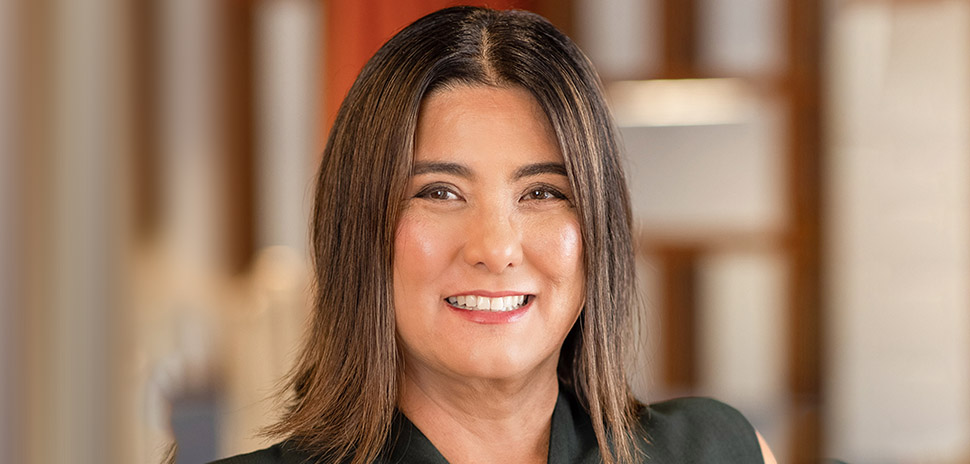
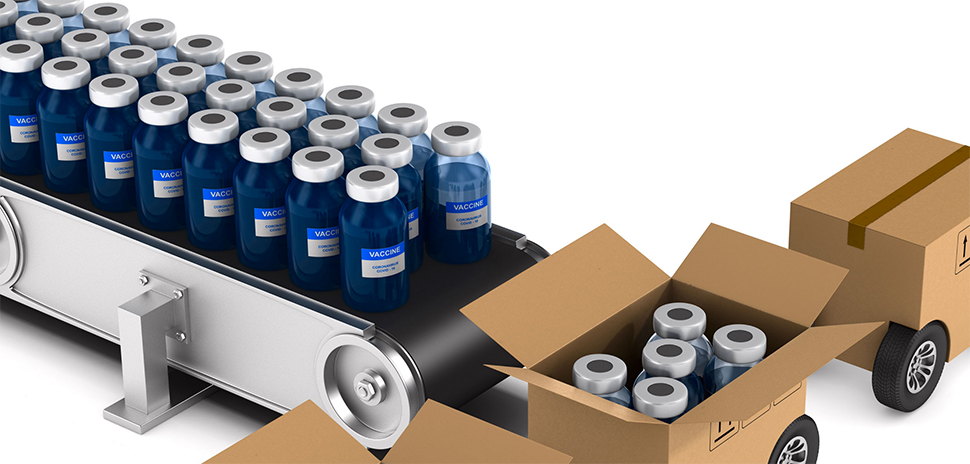
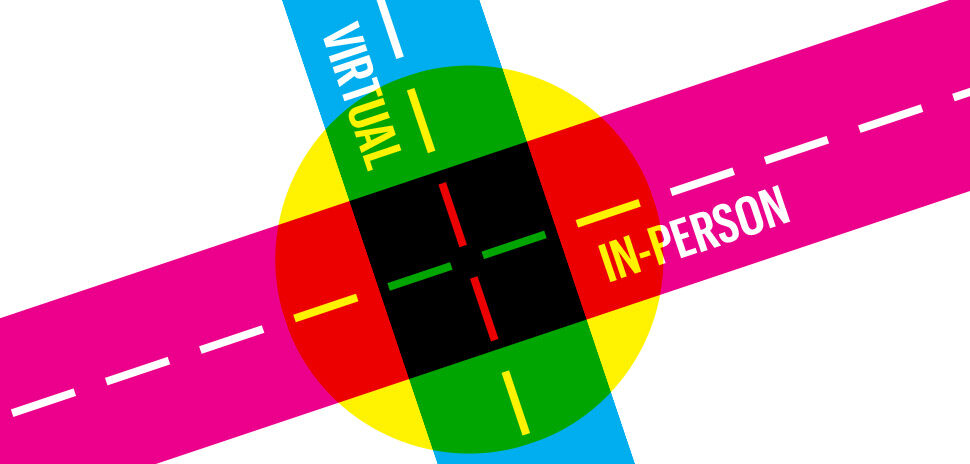
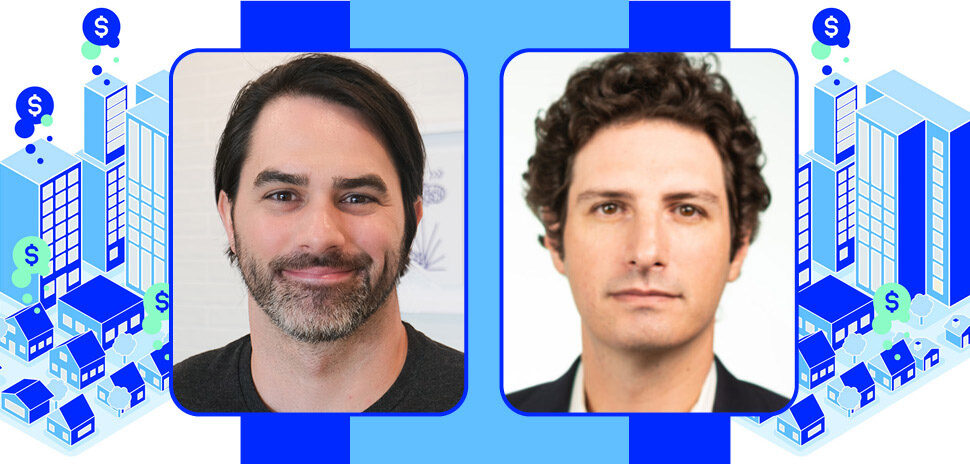



![Erica Kosemund, Chief Brand Officer, Choctaw Nation of Oklahoma; Gillian Breidenbach, Chief Partnership Officer, North Texas FWC Organizing Committee; Chief Gary Batton, Chief of Choctaw Nation of Oklahoma; Monica Paul, Executive Director of Dallas Sports Commission and President of North Texas FWC Organizing Committee; John Hobbs, Senior Executive Officer of Communications, Choctaw Nation of Oklahoma; and Heidi Grant, Senior Executive Officer of Commerce Administration, Choctaw Nation of Oklahoma, celebrate Choctaw Casinos & Resorts becoming an Official Dallas World Cup 2026 Host City Supporter. [Photo: North Texas FWC Organizing Committee/Choctaw Casinos & Resorts]](https://s24806.pcdn.co/wp-content/uploads/2025/12/FIFA-Choctaw-dec-2025-75x69.jpg)



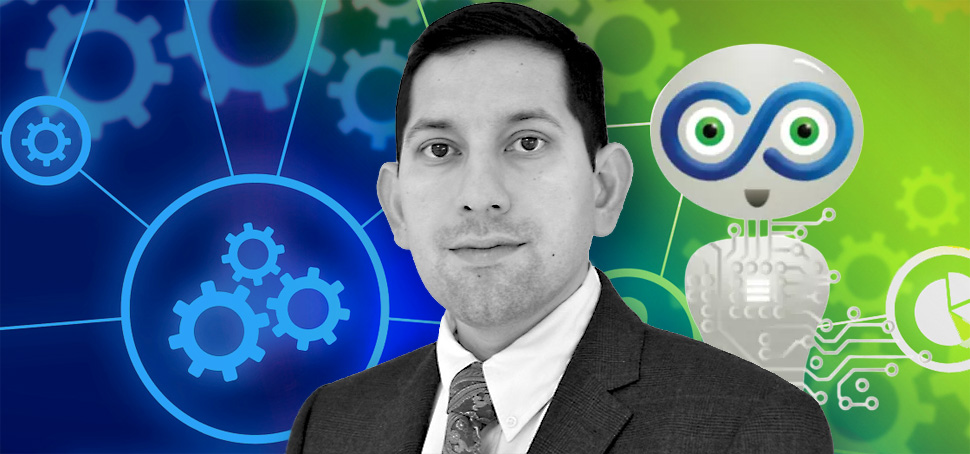
![Erica Kosemund, Chief Brand Officer, Choctaw Nation of Oklahoma; Gillian Breidenbach, Chief Partnership Officer, North Texas FWC Organizing Committee; Chief Gary Batton, Chief of Choctaw Nation of Oklahoma; Monica Paul, Executive Director of Dallas Sports Commission and President of North Texas FWC Organizing Committee; John Hobbs, Senior Executive Officer of Communications, Choctaw Nation of Oklahoma; and Heidi Grant, Senior Executive Officer of Commerce Administration, Choctaw Nation of Oklahoma, celebrate Choctaw Casinos & Resorts becoming an Official Dallas World Cup 2026 Host City Supporter. [Photo: North Texas FWC Organizing Committee/Choctaw Casinos & Resorts]](https://s24806.pcdn.co/wp-content/uploads/2025/12/FIFA-Choctaw-dec-2025.jpg)
